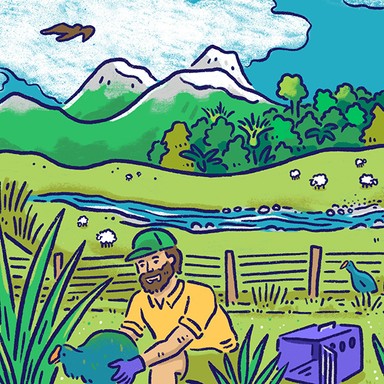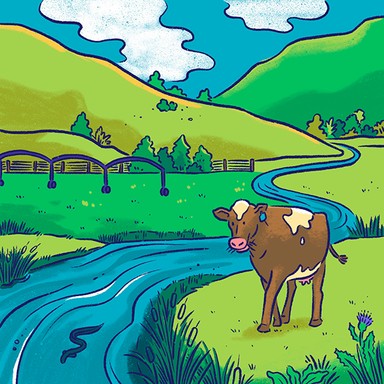
Environment Canterbury

Environment and biodiversity
Protecting the environment and managing natural resources is a key responsibility of regional councils. Regional councils are often also involved in pest control and resource management.

Environment and biodiversity
Protecting the environment and managing natural resources is a key responsibility of regional councils. Regional councils are often also involved in pest control and resource management.
Work towards reducing diffuse nitrate (and cattle pathogens) entering the region's groundwater.
Encourage studies to understand and thus manage our iconic braided rivers better.
Accept the precautionary principle when science is uncertain, inadequate, or incomplete (acknowledge the limitations of models).
Develop and implement our integrated plan to instigate the changes required by the National Policy Statement for Freshwater Management in collaboration with our rūnanga and community.
Encourage catchment groups and groups such as QE2 Trust, to continue to drive environmental stewardship leadership across the region.
Encourage alternative waste management solutions other than carting waste to Cate Valley.
Establish a proactive and meaningful enforcement department with the ability to hand out fines and demerit points like the traffic system.
Work with the science to find and implement the best and most effective ways to protect our native ecosystems from invasive species.
Work to find solutions for plastic pollution like shotgun wads, bale wrap and building site waste.
Work towards reducing diffuse nitrate (and cattle pathogens) entering the region's groundwater.
Encourage studies to understand and thus manage our iconic braided rivers better.
Accept the precautionary principle when science is uncertain, inadequate, or incomplete (acknowledge the limitations of models).
Develop and implement our integrated plan to instigate the changes required by the National Policy Statement for Freshwater Management in collaboration with our rūnanga and community.
Encourage catchment groups and groups such as QE2 Trust, to continue to drive environmental stewardship leadership across the region.
Encourage alternative waste management solutions other than carting waste to Cate Valley.
Establish a proactive and meaningful enforcement department with the ability to hand out fines and demerit points like the traffic system.
Work with the science to find and implement the best and most effective ways to protect our native ecosystems from invasive species.
Work to find solutions for plastic pollution like shotgun wads, bale wrap and building site waste.
Mayor
Compare the mayoral candidates in your area
Local council
Compare the candidates for your city or district council
Regional council
Compare the candidates for your regional council
Local board
Compare the candidates for your local or community board






